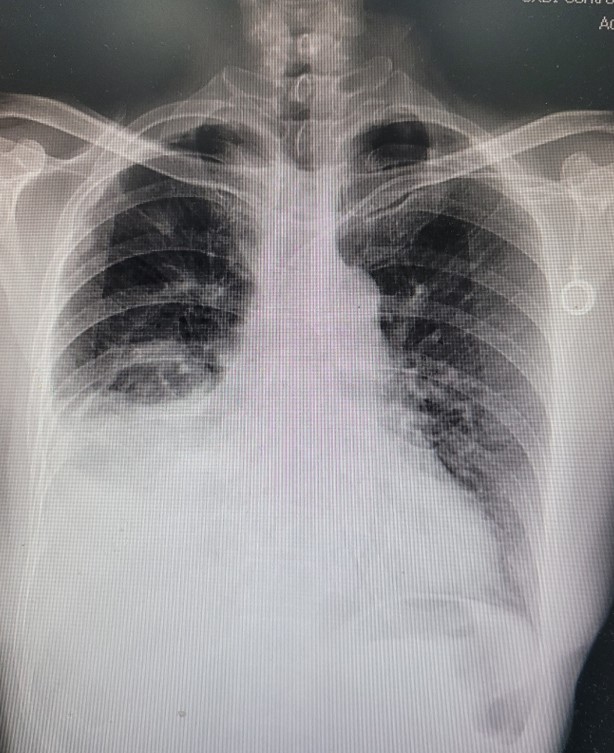What is pleural effusion?
Pleural effusion refers to the abnormal fluid accumulation within the pleural space, the cavity between the pleural layers surrounding the lungs. Under normal condition, the pleural cavities contain serous pleural fluid (approximately 5-15 mL) to help with the normal operation of lungs. However, when the fluid exceeds the normal figure, it will compress the lungs and affect the breathing function.
Causes of malignant pleural effusion
Malignant pleural effusion often occurs when cancerous cells metastasize to the pleura. Common cancers related include lung cancer, breast cancer, ovarian cancer, and lymphoma.
Common Symptoms
- Shortness of breath
- Dry cough or coughing up blood
- Chest pain, especially worth with deep breaths
- Tight chest or stuffy pain
- Fever and night sweats (particularly in the case of infection).
How to diagnose?
- Chest x-ray and ultrasound can help identify fluid in the pleural cavity.
- Computed Tomography (CT) provides more detailed images.
- The extraction and analysis of pleural effusions, including biochemistry, cytology, and bacterial culture, determines the nature of the fluid and whether it is cancer related.
Options of Therapy
- Medical Therapy: The therapy includes chemotherapy or targeted therapy for specific types of cancers.
- Pleural effusion drainage: Fluid is removed from the pleural cavity through needle aspiration, small incisions, and catheter drainage to relieve pressure.
- Pleurodesis: This procedure may be adopted after drainage to reduce the re-accumulation of fluid.
Daily life and care suggestions
- Maintaining semi-Fowler position to help alleviating difficulty in breathing.
- Avoid intense exercise and maintain propre rest.
- Regularly communicate with the medical team over changes in symptoms and adjust the therapy solutions as appropriate.
 |
 |
|
Chest x-ray shows pleural effusion on the right pleural cavity. |
The patient has pleural effusion and receives an external drainage tube and drainage bag to reduce shortness of breath. |

